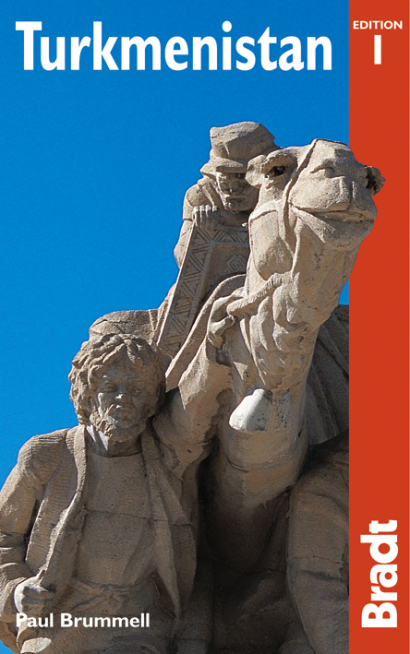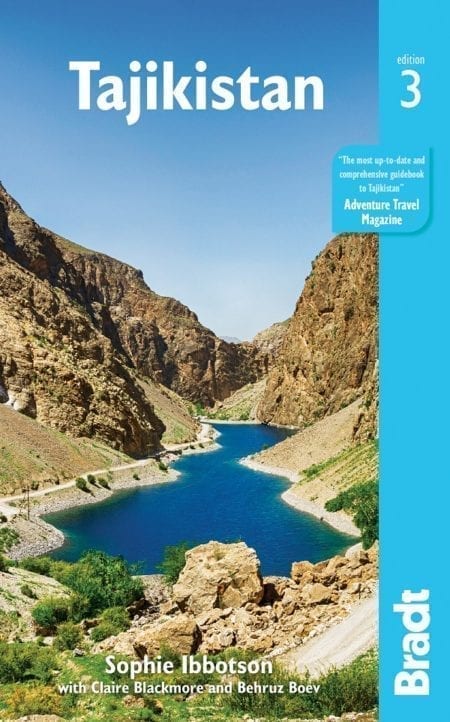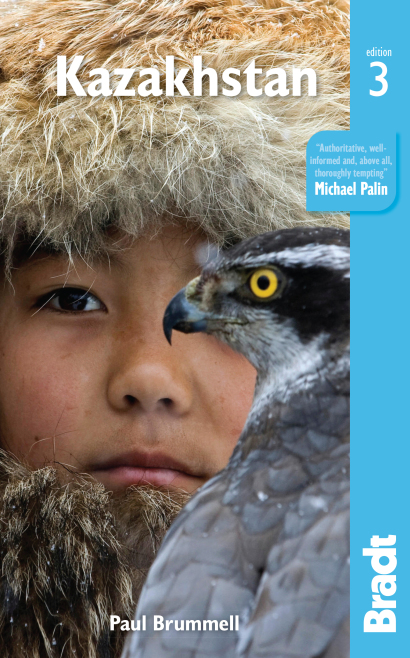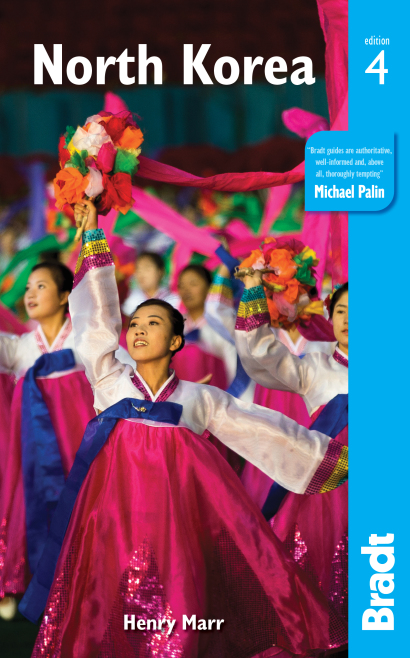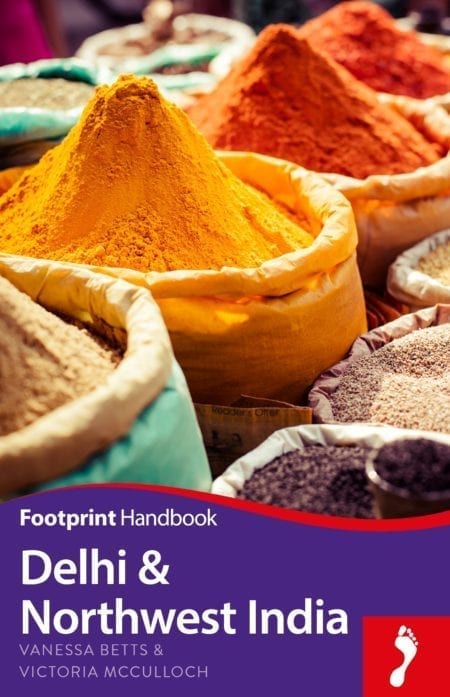Turkmenistan (ebook only)
by Paul Brummell
Turkmenistan Travel Guide – Expert tourist advice and travel tips on everything from Ashgabat accommodation and highlights to ancient Silk Road history and culture. Also covering safety and visas, Türkmenbasy, UNESCO sites such as Merv, Parthian Fortresses of Nisa and Köneürgenç, Karakum Desert, Avaza, the Caspian Sea and Door to Hell in Derweze.
Edition: 1
About this book
NOTE: This edition of Turkmenistan was published in 2005 so some of the information particularly concerning practicalities should be treated with caution. Also note that many of the prices quoted in this edition are likely to have risen since 2005; however, you will find they are still useful for comparative purposes.
Turkmenistan is one of the few countries of any size left on the globe which is not the subject of a dedicated travel guide in English. Yet, lying as it does at the heart of the Silk Road route, it is a historically and culturally rich land; and travellers can gain insight into the heritage with the clear itineraries supplied of the major archaeological sites of Merv and Konye Urgench and coverage of Turkmen pilgrimage shrines. For travellers looking to explore further afield, this guide spans the whole country comprehensively, including little-known sites such as the Yangakala canyon and the flaming crater at Darvaza. Turkmenistan is currently one of the safest countries in the Central Asia region, particularly where personal safety is concerned.
Reviews
“Paul Brummell’s comprehensive guide contains practical details for every sort of traveller. You’ll learn how to make the most of a journey down the Silk Road as well as how to spot quality Turkmen carpet.”
Traveller magazine
